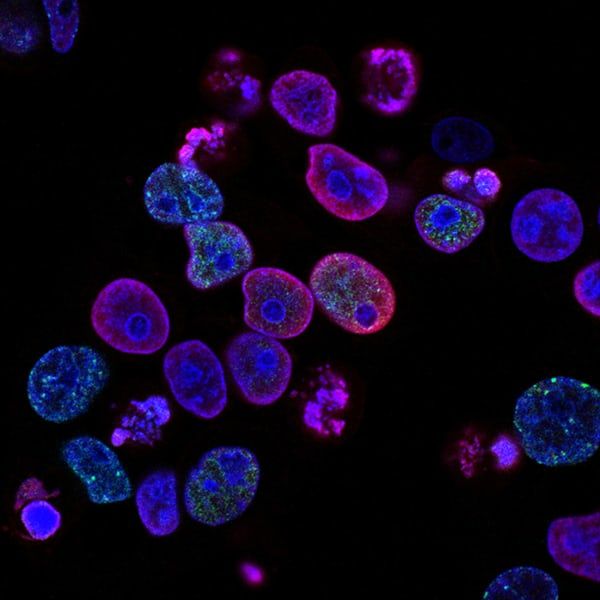Messenger RNA, or mRNA, are new types of vaccines that aim to provide protection against COVID-19. Unlike traditional vaccines, which use inactive and potentially unharmful germs, the mRNA carries a set of instructions that helps our body produce proteins that can help initiate an immune response against diseases.
Also Read: Explained: What happens if athletes test COVID positive at Tokyo Olympics
The immune response that is produced through the new vaccine is likely to produce antibodies in the cells of the vaccine recipient, which will, in turn, form the primary line of protection against diseases like COVID-19.
The mRNA vaccines “give instructions for our cells to make a harmless piece of what is called the ‘spike protein’. The spike protein is found on the surface of the virus that causes COVID-19, according to reports from the United States Centres for Disease Control and Prevention.
Like most COVID-19 vaccines available across the globe, mRNA is also injected into the upper arm muscle of the recipient. The vaccine is then responsible for carrying vital instructions to the cells, which will help in the production of the protein spike.
Also Read: Single vaccine dose ‘barely’ offer protection against Delta variant: Experts
After the spike has been formed inside the cell, the instructions are broken down in the cell.
The cells are now on their way to form a protective layer against COVID-19 by building an immune response to the newly installed protein piece on the outer shell of the cell.
Once an immune response has been developed inside the vaccinated individual’s body, it is likely the person would be better protected against the disease. Such vaccines also help mitigate the severity of the disease, according to reports from the United States Centres for Disease Control and Prevention.







